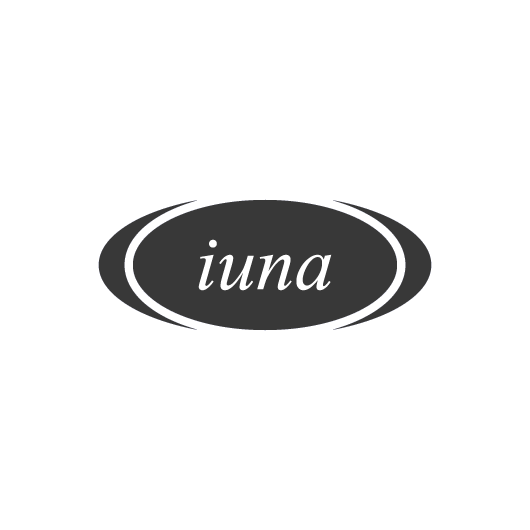Ireland National Adult Nutrition Survey Database (NANS) by IUNA
The National Adult Nutrition Survey Database is a dataset on food and beverage consumption in the Republic of Ireland.

What is the National Adult Nutrition Survey 2011 (NANS 2011)?
The data collected by NANS 2011 survey is also aimed to feed a sister project, the National Nutrition Phenotype Database for further analysis of the nutritional status and metabolic indicators. The National Adult Nutrition Survey 2011, Ireland is a cross-sectional study that investigated the habitual food and beverage consumption, lifestyle, and health indicators and attitudes to food and health of adults older than 18 years in the Republic of Ireland during the period of 2008-2010. The survey was conducted by the Irish Universities Nutrition Alliance (IUNA), a consortium of academic nutrition centres at University College Cork, University College Dublin, Trinity College and the University of Ulster. The study was funded by the Department of Agriculture, Fisheries and Food as part of the Food Institutional Research Measure under the Food for Health Research Initiative (FHRI).
The National Adult Nutrition Survey 2011 (NANS 2011) contains a collection of information and data on dietary intake, health and lifestyle behaviours of free-living adults of the Republic of Ireland. 1500 total adults (740 men, 760 women) participated in the survey study, and the age range was from 18 to 90 years. The sampled participants were representative of adults in Ireland with respect to age, gender, social class, and urban/rural location relative to the 2006 census.
A four-day semi-weighed food record was used to determine the food intake. The study participants were asked to record detailed information on the amount and type of all foods, drinks and nutritional supplements consumed over four consecutive days in a food diary. A researcher visited the participants in their homes or workplaces three times during the survey period to ensure the accuracy of the recording. Individuals were asked to weigh as many food items as possible, and a photographic food atlas was also used to assign weights to foods. For additional details, they were encouraged to keep the food packaging. Three self-administered questionnaires were used to gain information on social and demographic variables, employment, attitudes to food and health, supplement use, alcohol consumption, smoking and habitual physical activity levels. Additional information on physical activity was obtained by asking participants to wear an actigraph (a small attached device to digitally record energy expenditure) over the survey period. Blood pressure, body weight, height, hip circumference, and body composition were measured for all individuals by the researcher. Participants were asked to provide a fasting blood sample and first void urine sample to a nurse at a designated centre within the survey area after the diary recording period had ended. The blood samples were used to assess the nutritional status of the population and metabolic indicators of health. The urine samples were used to estimate sodium intake, which is difficult to estimate from food intake data alone. Blood and urine data were compiled into a database which was merged with the food intake database for further analyses.
Availability in Creme Food and Creme Dietary Intake Intelligence Tool
- Available as a dashboard
- Available in a model
- Update frequency: Every Two to Five Years
- Countries: Ireland
- Age Range: 18+ years
- Release Date: 2011
Dietary Intake Intelligence Tool
Dietary Intake Intelligence Tool combines the latest dietary intake data with a versatile, simple to use data interrogation tool.
Efficiently find the answers you are looking for.
Datasets available from IUNA
- North South Ireland Food Consumption Survey (1997-1998)
- National Children's Food Survey (2003-2004)
- National Teens’ Food Survey (2005-2006)
- NANS National Adult Nutrition Survey 2008-2010
- National Pre-School Nutrition Survey (2010-2011)
- National Children's Food Survey II (2017-2018)
- National Teens' Food Survey II (2019-2020)
Related questions about the Ireland NANS Survey datasets
How do I access the Ireland NANS Survey datasets?
Reports and summary statistics for Ireland NANS surveys can be obtained from the official website of IUNA – Irish Universities Nutrition Alliance.
To access the NPNS 2010-2011 reports:
- Go to the official website of IUNA: https://www.iuna.net/surveyreports
- Click on the ‘Survey reports’ tab on the website menu
The data is available in the following two forms:
- Download the survey summary report
- Download the main full report
How are the NANS Survey databases used by companies, institutes and organizations?
The extensive electronic database which has been compiled by NANS is the most complete and up-to-date collection of food consumption data available for adults in Ireland.
For example, the National Adult Nutrition Survey 2011 datasets are used widely for research related to nutrition, public health and food safety. The datasets support the work of agencies that are responsible for food and nutrition policy and regulation in Ireland and the European Union. The findings from the NANS 2011Ireland are used to develop health policies.
More specifically, the following are some usages for NPNS 2010-2011 survey datasets for companies, the food industry and policymakers:
- To assess the typical food consumption patterns of adults in Ireland using tools such as Creme Nutrition or the Dietary Intake Intelligence Tool (DIIT).
- To calculate the average amount of nutrients (micronutrients and macronutrients) consumed by the adult population of Ireland
- To find out the major biomarkers (from urine and blood sampling) that indicate the health and well-being of the population
- To carry out exposure assessments to food borne contaminants or hazards using tools such as Creme Food Safety
- To develop and design food products and production processes to ensure a healthy intake of essential nutrients
- For producers and industries, to use the database as a reference tool while introducing a new food item in the market for adults
- To assess the relationship between socio-economic status, physical activities and other variables in the health and well-being of the population